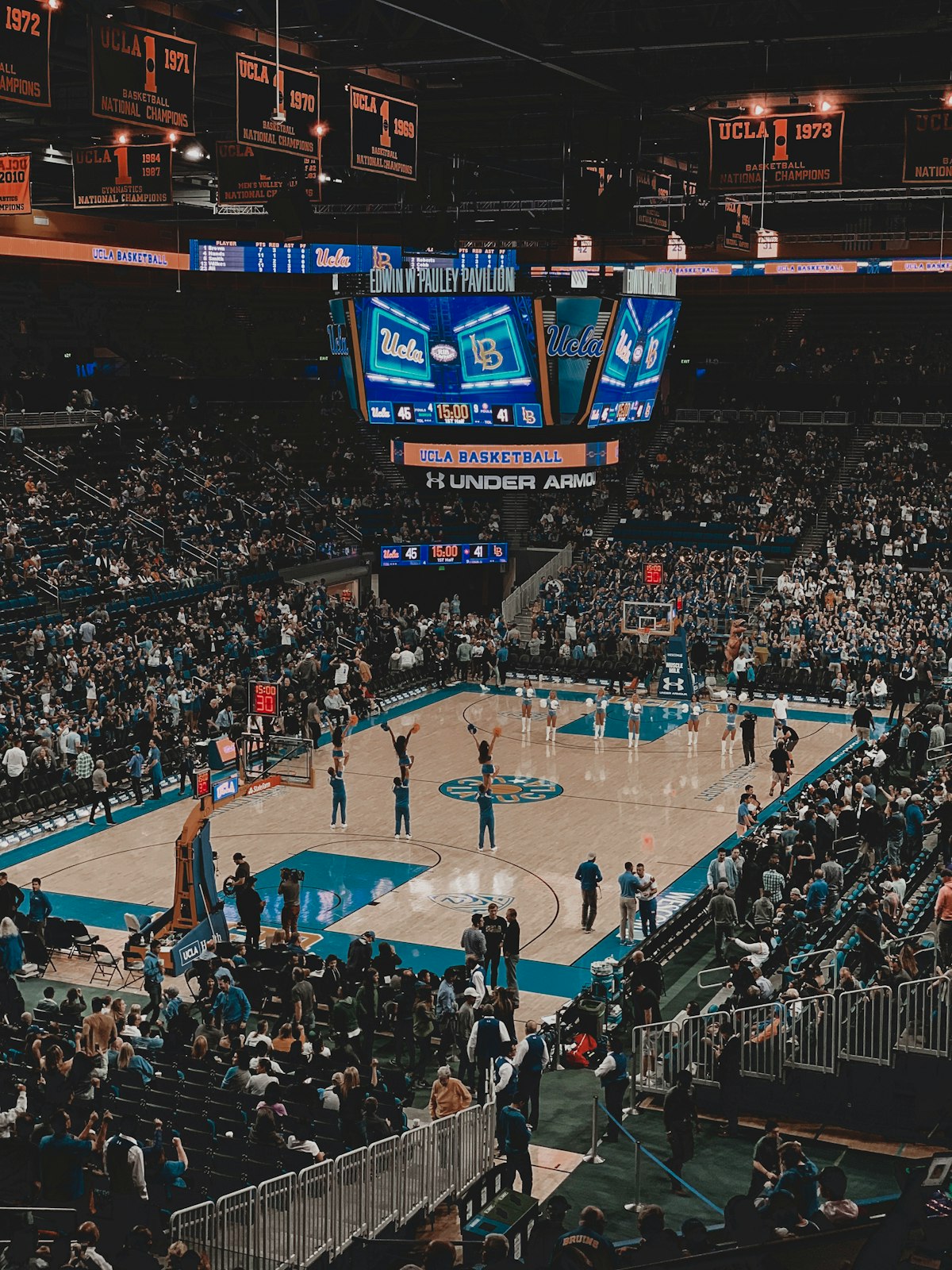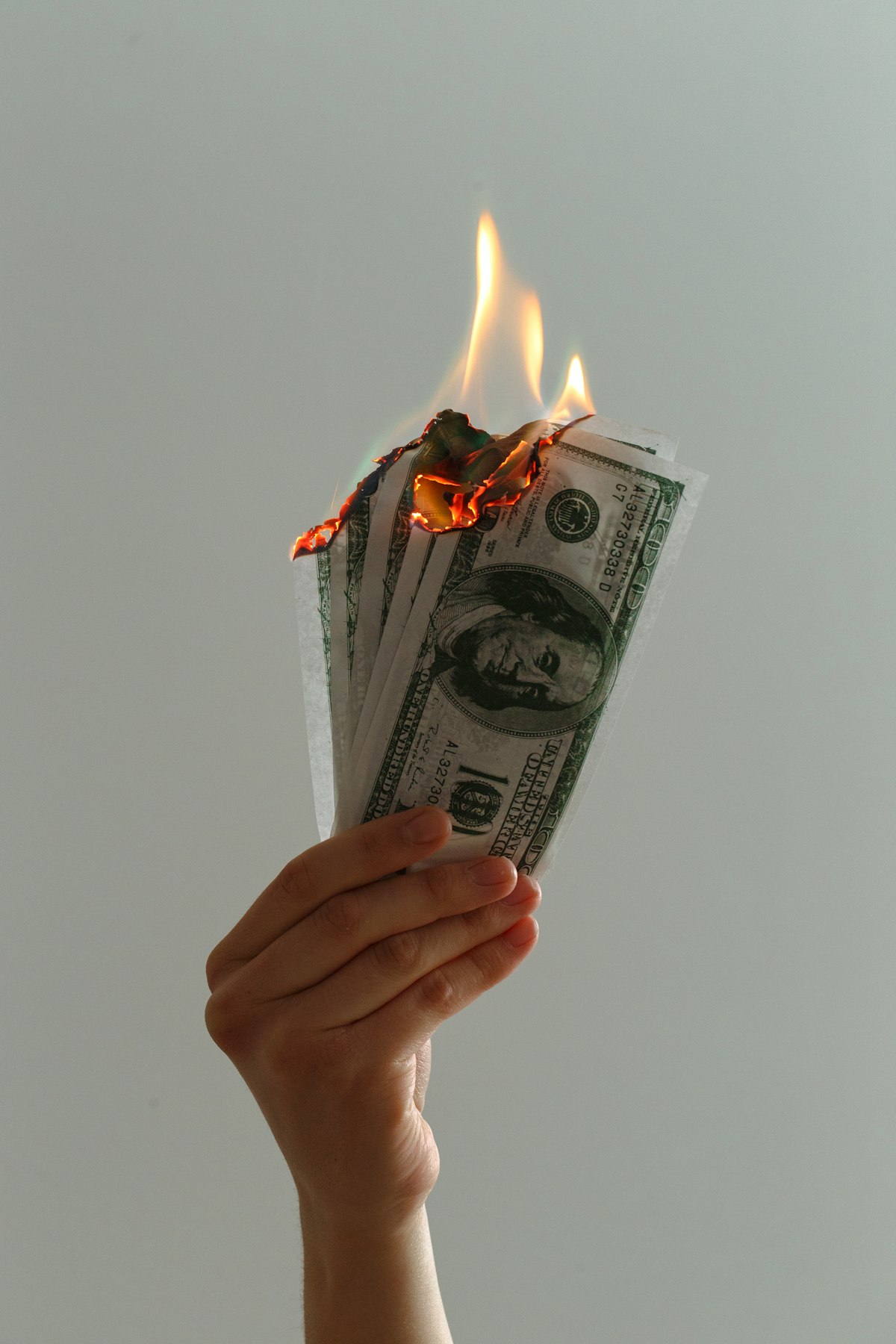Basketball has long been associated with gambling, dating back to the 1940s and '50s when point shaving scandals rocked the college basketball world. Today, with the legalization of sports betting in many states, the relationship between basketball and gambling is even more prevalent. From casual office pools to multi-million dollar wagers placed by professional gamblers, the impact of gambling on the sport of basketball cannot be ignored. In this comprehensive history of gambling in basketball, we will explore the evolution of this relationship from the early days of point shaving to the modern era of point spreads and prop bets. We will delve into the various scandals that have plagued the sport over the years, including the infamous 1951 CCNY point shaving scandal, and examine the ways in which these events have shaped the modern landscape of sports betting.
Furthermore, we will examine the impact that the legalization of sports betting has had on basketball, including the changing attitudes of players, coaches, and fans towards gambling. We will also explore the technological advancements that have made sports betting more accessible than ever before, including mobile betting apps and online sportsbooks. Ultimately, this history of gambling in basketball will provide a fascinating look into the complex and often controversial relationship between sports and gambling. By exploring the past, present, and future of this relationship, we will gain a deeper understanding of the ways in which basketball has been shaped by the world of gambling, and vice versa.

EARLY DAYS OF BASKETBALL GAMBLING
Basketball has a long and storied history when it comes to gambling. From its early days as a sport in the late 19th century, basketball has been subject to gambling interests. In the early days of basketball, gambling took many forms, from small wagers between friends to larger betting pools at local games. As the sport gained in popularity in the early 20th century, gambling on basketball grew as well. In the 1920s and 1930s, college basketball was a popular target for gamblers, who saw an opportunity to influence the outcome of games. This period saw the rise of point shaving, a practice in which players were paid to intentionally miss shots or make mistakes in order to affect the outcome of the game and cover the point spread.
One of the most infamous cases of point shaving in basketball occurred in 1951, when a group of players from City College of New York were caught accepting bribes to shave points in games. This scandal, along with others that followed in the 1950s, led to a crackdown on gambling in basketball and the implementation of new rules and regulations to prevent players and coaches from being influenced by outside interests. Despite these efforts, gambling on basketball continued to be a problem throughout the 20th century. In the 1970s and 1980s, the rise of sports betting and the spread of illegal gambling operations led to renewed concerns about the integrity of the game. The NBA and NCAA responded by increasing their efforts to monitor and regulate gambling, but the problem persisted.
In the 21st century, gambling on basketball has become more mainstream than ever before. With the legalization of sports betting in many states, fans can now place bets on games legally and openly. The rise of daily fantasy sports and online betting has also made it easier than ever for fans to engage with gambling on basketball. While gambling on basketball has a long and complicated history, it remains a popular and important aspect of the sport. As the NBA and NCAA continue to grapple with the challenges of regulating and monitoring gambling, it is clear that the relationship between basketball and gambling is likely to continue to evolve in the years to come.
GAMBLING IN THE NCAA
As college basketball grew in popularity during the mid-20th century, so did the problem of gambling on games. The National Collegiate Athletic Association (NCAA) was established in 1906 with the goal of promoting amateurism and fair play in collegiate sports, but gambling quickly became a threat to that mission. One of the most notorious cases of gambling in college basketball was the point shaving scandal at City College of New York (CCNY) in 1951. Seven players were arrested for accepting bribes to intentionally lose games and cover point spreads. This scandal had a major impact on college basketball and led to increased vigilance against gambling in the NCAA. In 1954, the NCAA established a "no gambling" rule for all of its member institutions. This rule prohibited anyone associated with college sports from betting on games or providing information to gamblers. However, the NCAA struggled to enforce this rule, as gambling continued to be a problem in college basketball.
The 1990s saw a resurgence of gambling scandals in college basketball. In 1994, Arizona State point guard Stevin "Hedake" Smith was arrested for accepting bribes to fix games. In 1996, Northwestern University basketball players Dion Lee and Dewey Williams were caught betting on their own games. These scandals led to increased scrutiny of college basketball and renewed efforts to combat gambling. Today, the NCAA continues to enforce strict rules against gambling. Student-athletes, coaches, and officials are prohibited from betting on games, providing inside information to gamblers, or associating with anyone involved in sports gambling. Violations of these rules can result in severe penalties, including suspension, expulsion, or even criminal charges. Despite the efforts of the NCAA, gambling remains a persistent problem in college basketball. The rise of online sports betting has made it easier than ever for fans to place bets on games, and there are concerns that this could lead to more instances of point shaving and other forms of corruption. As a result, the NCAA and other organizations continue to monitor the issue closely and work to prevent gambling from undermining the integrity of college basketball.

LEGALIZATION OF GAMBLING
In recent years, there has been a significant shift towards the legalization of sports betting, including basketball gambling. Prior to the Supreme Court’s 2018 decision to strike down the Professional and Amateur Sports Protection Act (PASPA), sports betting was only legal in a few states, including Nevada. However, since the ruling, many states have been quick to pass legislation to allow sports betting within their borders. The legalization of sports betting has had a significant impact on the gambling industry and the sports world as a whole. In 2019, the American Gaming Association estimated that Americans illegally wagered over $150 billion on sports annually. With the legalization of sports betting, states can now regulate and tax these wagers, creating a new revenue stream for themselves. The impact of legalization on basketball gambling has been particularly notable. NBA Commissioner Adam Silver was one of the first major sports league executives to openly support sports betting, citing the potential revenue and the need for transparency and regulation. Since then, the NBA has partnered with multiple sportsbooks and has even started to incorporate betting into their broadcasts.
However, despite the newfound acceptance of sports betting, concerns over the potential negative impact on the integrity of the game and the risk of addiction still persist. As a result, many states have implemented strict regulations and safeguards to prevent issues such as point shaving and other forms of game manipulation. Overall, the legalization of sports betting has brought about significant changes to the gambling landscape and has opened up new opportunities for revenue and partnerships within the sports world. While there are still concerns over potential negative effects, it is clear that basketball gambling is here to stay and will continue to evolve alongside the growing industry.
THE CURRENT STATE OF BASKETBALL GAMBLING
The current state of basketball gambling is vastly different from what it was even a decade ago. With the Supreme Court decision in 2018 to overturn the Professional and Amateur Sports Protection Act (PASPA), individual states were granted the power to legalize sports betting. Since then, many states have taken advantage of this opportunity, with some legalizing both online and in-person sports betting. This newfound legal landscape has opened the door for partnerships between sports leagues and gambling companies. The NBA, for example, has partnered with several sportsbook operators, allowing them to use official league data and logos in their marketing. In addition, some arenas have opened sports betting lounges where fans can place bets during games. The rise of daily fantasy sports (DFS) has also impacted the basketball gambling industry. DFS allows fans to draft a virtual team of real players and compete against other fans for cash prizes. Although DFS is not considered traditional sports betting, it has been a lucrative business for companies like DraftKings and FanDuel, who have partnered with several professional sports leagues.
However, the legalization of sports betting has also raised concerns about the potential for increased problem gambling and the need for responsible gambling measures. The National Council on Problem Gambling has urged sports leagues and operators to prioritize responsible gambling practices, such as offering resources for problem gambling and implementing age verification measures. Overall, the current state of basketball gambling is complex and rapidly evolving. With the legalization of sports betting and the rise of DFS, the industry has seen significant growth and changes in recent years. However, it is important to balance the potential benefits with the need for responsible gambling practices to ensure the safety and well-being of all those involved in the industry.

In conclusion, gambling has had a significant impact on the game of basketball throughout its history. From the early days of point-shaving scandals to the modern era of legal sports betting, the relationship between gambling and basketball has been complex and often controversial. As we have seen, the NCAA has been at the forefront of efforts to combat gambling in college basketball, with various rules and regulations aimed at preventing point-shaving and other forms of corruption. However, despite these efforts, gambling continues to be a major presence in the world of basketball, with millions of dollars wagered on games and tournaments each year.
The recent legalization of sports betting in many states has brought the issue of gambling in basketball to the forefront once again. While this development has created new opportunities for fans and bettors, it has also raised concerns about the potential for corruption and the need for strong regulation. Overall, it is clear that the history of gambling in basketball is a complex and multifaceted one, and it is likely that this relationship will continue to evolve in the years to come. As fans, bettors, and stakeholders in the game, it is important that we remain vigilant and engaged in the ongoing dialogue around this important issue. With the right approach, we can ensure that gambling remains a fun and exciting part of the basketball experience, while also safeguarding the integrity of the game itself.

